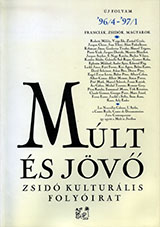
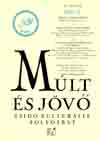
Keywords: Hungarian literature in West-Europen countries
Literary study on the specific features of the literature of Hungarian emigration.
More...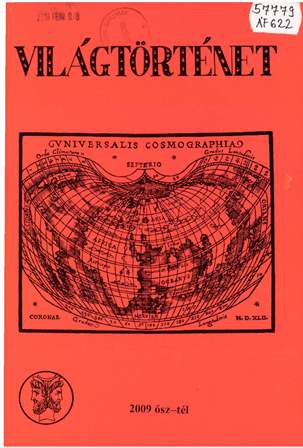
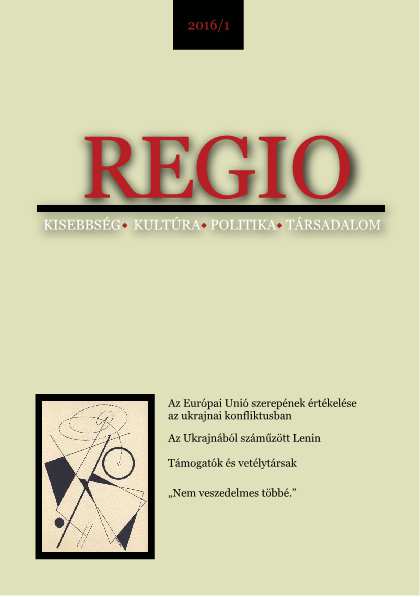
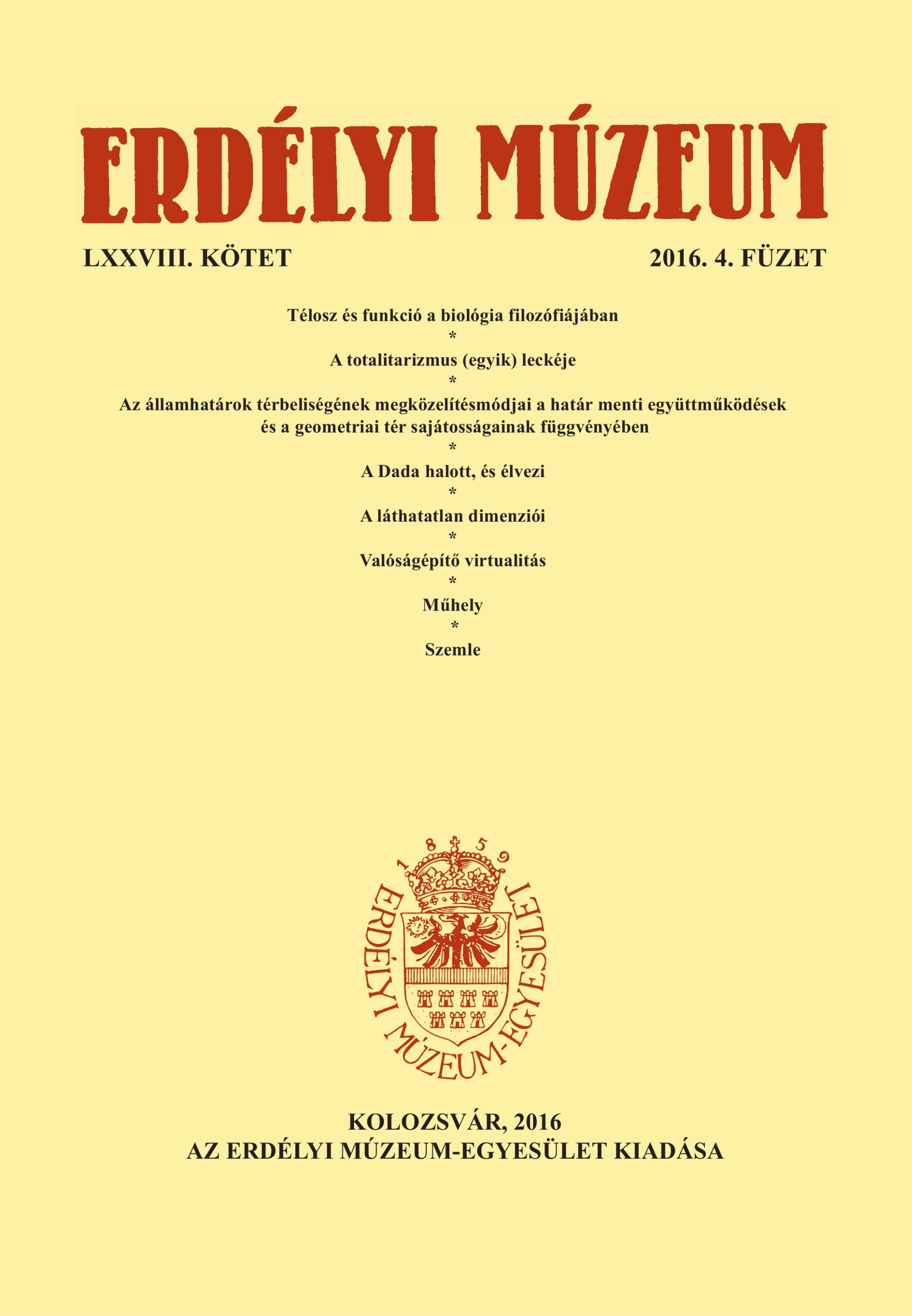
Keywords: state borders; spatial structure; border regions; cross-border co-operations
The state border was considered one of the most vulnerable spatial element in the history. Primarily is interpreted in socio-economic perspective which relates to the military, ecological and environmental aspects. The concept of the state border is multi-directional, because there exists political, geographical, philosophical, and even mathematical interpretations however this term is used most often in public administration or politics. This paper discusses that we need to consider the eventuality of the borders and in this perspective the political forces are those that establish the boundaries, transform or abolish them. We also discuss issues which outlines the challenge of border regions. In the spatial investigations of the state border is not a coincidence that the spatial structure and regional structure also plays a role since almost half of the EU’s territory are made up from border regions or regions affected by national frontiers.
More...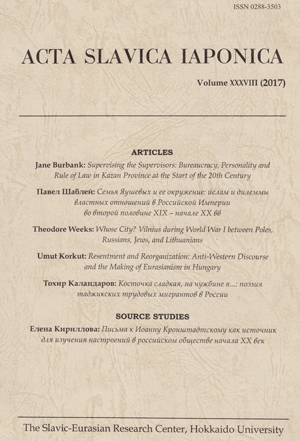
Keywords: Anti-Western Discourse; Eurasianism in Hungary;
A pro-European but anti-Western discourse has historically characterized Hungary’s nationalist, conservative, right-wing discourse. For certain segments of the right-wing political and cultural elite, the “non-domestic” has always been the West. In its resentment towards the West, this faction’s ideology has ranged from liberalism, autonomy and partitioning, capitalism, economic and political liberalization to—most recently—federalist European integration. The rejection of such implications of Westernism or westernization has caused the right-wing elite to forge a counter-discourse to the historical understanding of the West. This segment has ideologically separated the West from Europe. Insomuch as the elite have scorned the former, they have believed that transformation of the latter is possible with the help of Hungarian national virtues. Western Christianity as a religion has occupied a crucial place in this quest. At times, this faction has emphasized Hungary as a bastion of Christianity, in contrast to the West’s tendency towards secularization. The implication is that Hungarians chose Catholicism and stood by Western Christianity despite the West’s tendency to drift from its religious foundations. More recently, this attitude has become the underlying factor in anti-immigrant policies and politics. At other times, the right-wing elite has depicted Hungarian society as the westernmost extension of Eurasian peoples—and as religious, family-oriented, and traditional.
More...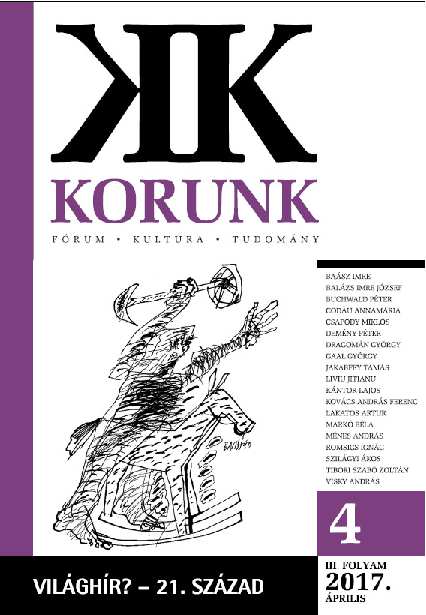
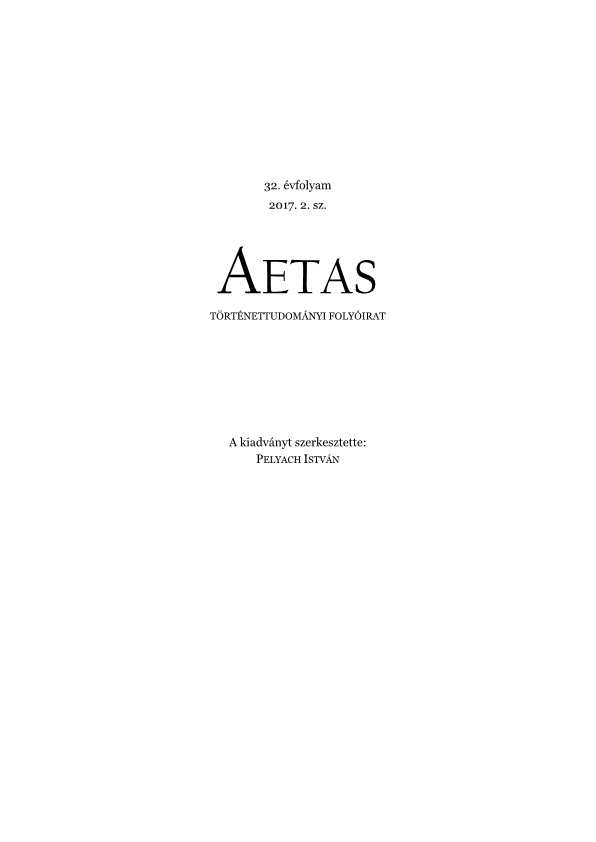
Ágnes Jobst: A Stasi működése Magyarországon – A keletnémet és a magyar állambiztonság kapcsolata 1955–1989. Jaffa Kiadó, Budapest, 2015
More...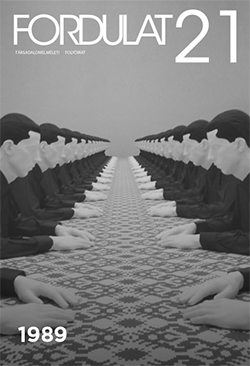
Keywords: sociology of art;sociology of arts;1980s;transition to market economy;post-socialism;political economy of culture;
The following paper examines the influence of the Soros Foundation over the internal and external relations of the Hungarian art field form 1984 to 1989. More specifically, it investigates the forms and directions of fine art subsidization and their political and ideological contexts. The activities performed by the Soros Foundation in the second half of the 1980s can be seen as part of a regime change within the artistic scene. In their struggle for cultural hegemony various actors related to the Foundation were able to strengthen their counter-hegemonic artistic practices. Opposing the late socialist artistic hegemony of the Kádár regime, this also was the period when „contemporary” art appeared in Hungary for the first time. As a result, Hungarian art had been put into context with the Western art world: new dependencies were formed, within which Hungarian and Eastern European art found itself in a peripheral position. An important consequence of this was that Eastern European artists became forced to continually demonstrate their Europeanness both internally and externally.
More...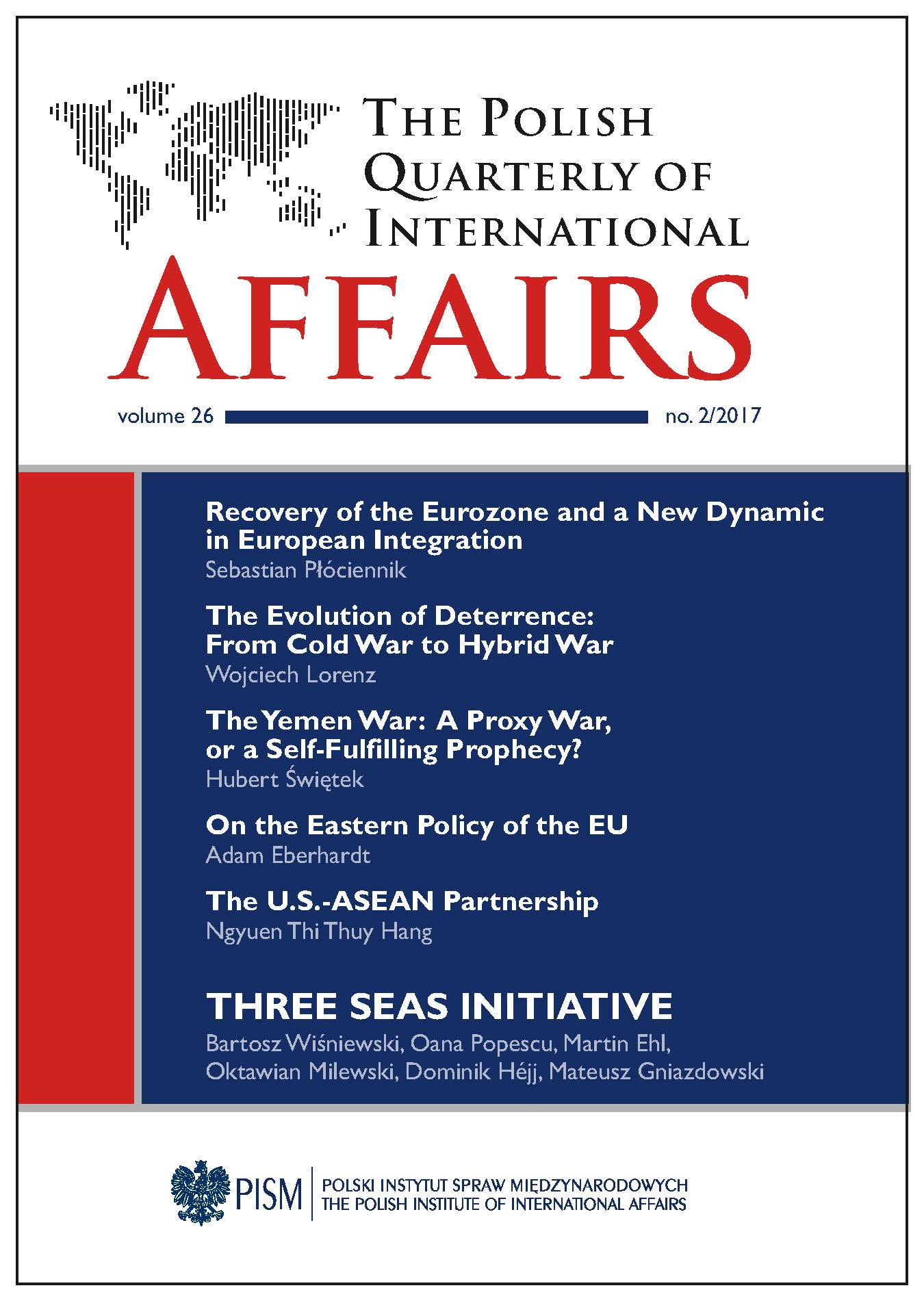
Keywords: three seas;
What is Hungary’s attitude to relations with Poland and to the Three Seas Initiative? If one accepts Orbán’s vision presented during his 2009 Warsaw visit, the TSI would seem a perfect fit; here are 13 states, seeking to develop close regional cooperation along the north-south axis in the fields of infrastructure and energy, and to close the gap between “Eastern” and “Western” Europe and strengthen the CEE’s competitiveness. The leaders of these states have repeatedly emphasised that this project is not about building an alternative to the West.
More...Keywords: Opet festival; inundation of the Nile; Luxor; rituals; royalty;
The importance of the Luxor temple in pharaonic times was due to the fact that the pharaoh and the priests were celebrating in this temple rituals in order to assure the inundation for Egypt. According to the contemporary hymns, Amun-Re, especially in his Kamutef aspect safeguarded the annual inundation. By analysing the inscriptions and reliefs of this temple, I arrived to the conclusion that the rituals in the Luxor temple were aimed at securing the fertility of the country. One of the main festivals of the Theban region, the procession of the Opet feast, held during the inundation season, started from Luxor and ended in Karnak temple, where we can see in the great hyposytle hall how water is coming forth under Amun’s feet. Thus the regeneration of the god and the country was completed.
More...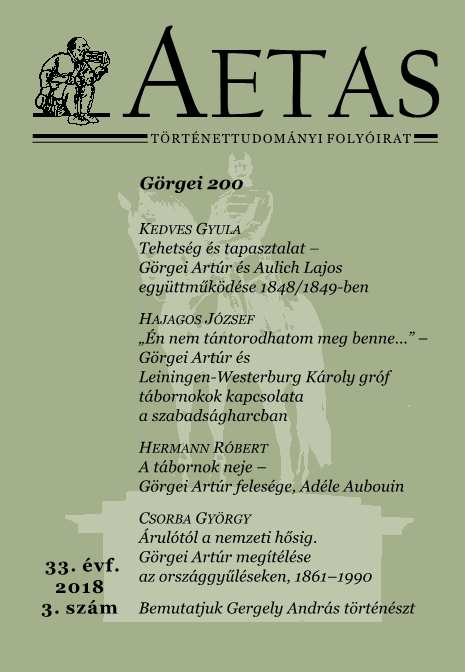
Győri Szabó Róbert: FC Katalónia. A Barça és a katalán függetlenség. Akadémiai Kiadó, Budapest, 2016. 384 oldal
More...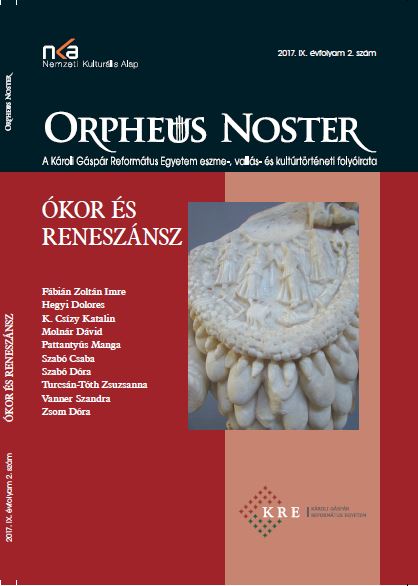
Keywords: TT 185 (Seni-iqer); autobiography; New Kingdom; Dynasty 18; Dynasty 19; TT 184 (Nefermenu); TT 412 (Qen-Amun); Third Intermediate Period; shaft-tomb; Opening of the Mouth Ritual; Book of the Dead 145
Report on the 2015 season of the Hungarian Archaeological Mission working in the Theban necropolis, in the upper section of the el-Khokha hillock, Qurna: excavation in the rock cut forecourt of TT 184 (Nefermenu, Dynasty 19); Third Intermediate Period shaft-tomb in the forecourt of TT 412 (Qen-Amun, Dynasty 18); new parts of TT 413 (Unis-ankh, late Old Kingdom); epigraphic documentation in the broad hall of TT 184 (Nefermenu): Opening of the Mouth, Book of the Dead 145 and offering scenes; the autobiographical inscription in TT 185 (Seny-iqer, late Old Kingdom); with the necessary reconstruction and restoring activities of the monuments.
More...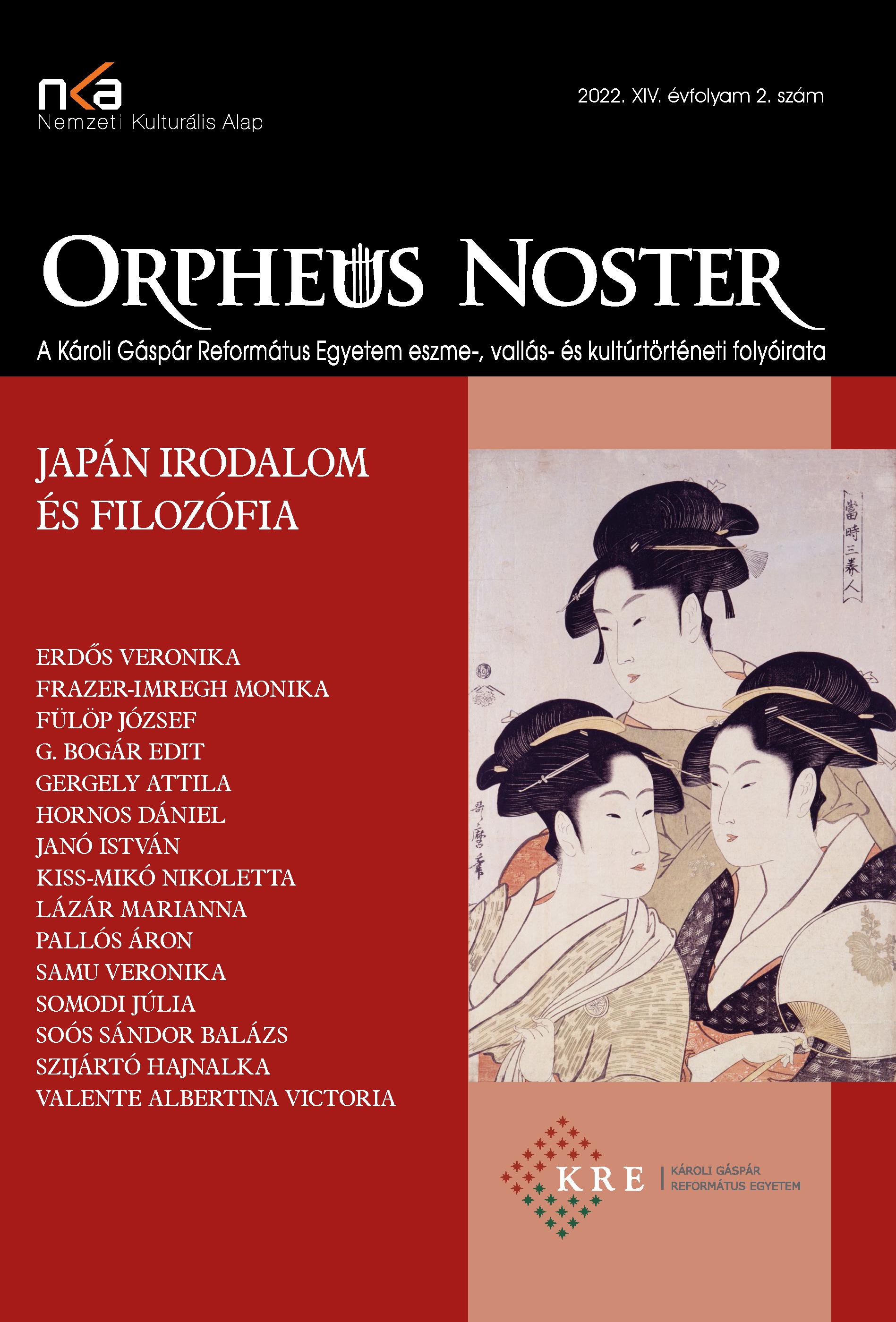
Keywords: Nishida Kitaro; Japanese Philosophy; Japanese History; History of Philosophy
In the first Japanese preface to Nishida Kitaró: Researching the Goodin 1911, Nishida Kitaro published An Inquiry into the Good, a key text in independent, Western-style Japanese philosophy. The author is the central figure in the philosophical workshop of the later Kyoto School, the founder of the trend that still operates today. Starting from the concept of pure experience in the Western sense, the text presents Japanese readers with the results of Western philosophy and psychology without moving away from the foundations of Japanese cultural tradition. The preface to the first edition illuminates the author’s thinking in many ways, highlighting the hidden threads between the spoken and the unspoken. It is such a typically Nishidian work that it deserves its own presentation and translation.
More...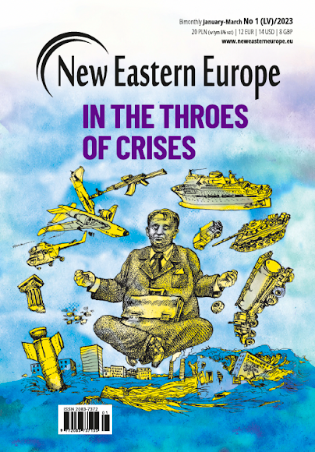
Keywords: war in Ukraine; Russian aggression against Ukraine;
Budapest’s readiness to block military andfinancial aid to Kyiv, delay EU sanctions againstRussia and its outspoken criticism thereof are creatingserious repercussions for the EU’s image as a foreignpolicy actor vis-á-vis Russia. These issues furtherindicate deep divisions among member states and callinto question European unity. They also reveal oneof the EU’s most discussed weaknesses, namely, itsinability to speak with one voice in foreign policy.
More...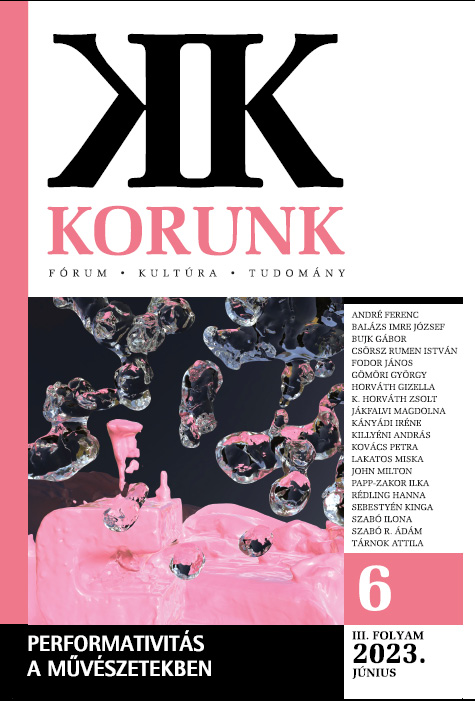
Keywords: performance studies; theatre; performativity; Richard Schechner
The aim of this paper is to distinguish between the theatrical and literary processes of performativity, to separate the theatrical (physical) practice of reality-formation from the literary (linguistic) construct. My analysis plays with the layered meanings of “to perform” and “the performance”, in order to deconstruct the equivalences expressed by the linguistic and theatrical insights (speech act theory and performance respectively) that gained prominence in the late sixties.
More...